2. Data set
2-1. Data explanation
2-2. Introduction of variable
3. Analysis
3-1. Method of analysis
3-2. Basic assumptions of the discriminant analysis
3-3. Linear discriminant function
3-4. Analysis of quadratic discriminant function (main)
4. Comparing
4-1. comparison between an evaluation of the ministry of education and discriminant analysis
4-2. Misclassified observation
4-3. Examples of Misclassified observation
5. Conclusion
6. Reference
In Aug. 2012, Korean government presented a list of universities with poor performance. If a university is selected as a poor performance university, the government will stop giving financial support to the university. Also, students in the universities will not be able to get national scholarship from the government. The government evaluated all the universities in Korea according to its criteria and universities that scored less than 15% from the poorest were selected as poor performance universities. As a result, some universities were selected as poor performance universities.
However, the list caused a lot of controversy about the criteria of selection. People wondered how the government selected poor performance universities. That is why we wanted to check logical validity of government’s list.
To confirm whether the list the government presented is reliable or not, we collected data about some features of private universities in Korea. The features are supplement rate of new students, supplement rate of enrolled students, employment rate, rate of corporate transferred property, rate of legal burden charge, dependence rate of tuition, property, financial aid per a student, school dropout rate, research allowances per a full-time instructor and teaching rate of irregular instructor. After that, we did multivariate analysis by using discriminant analysis.
The aim of this study is to verify whether the government chose poor performance universities in a reasonable way or not. We will do that by doing discriminant analysis and comparing the results against those of the government’s list. In that way, we would like to explore the data and investigate validity of the government’s list.



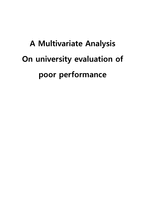
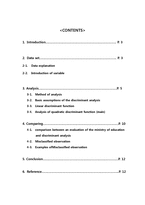
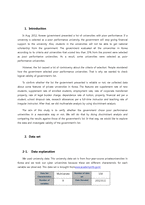

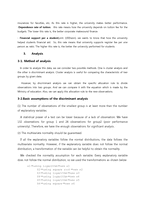

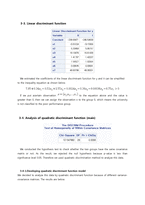
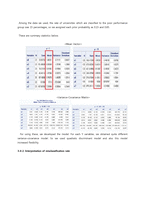
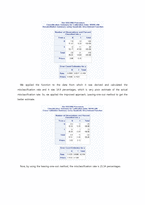
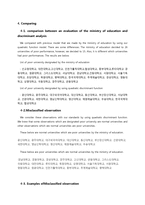

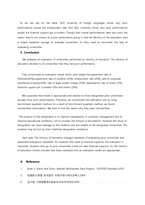
 분야
분야


